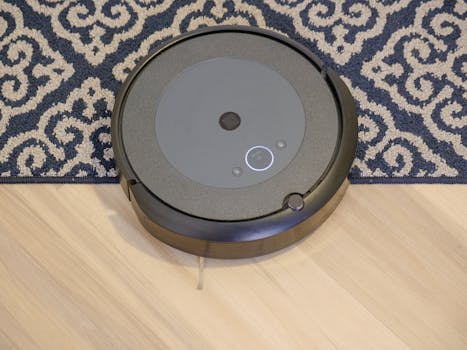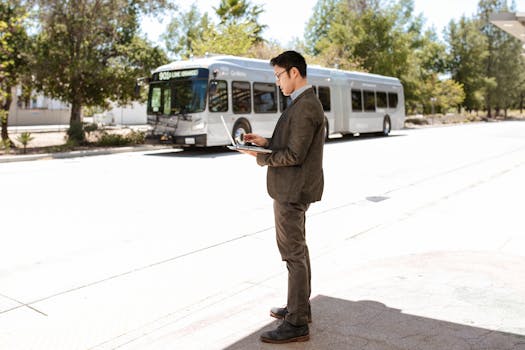
Smart Homes and Smart Living: The Technological Transformation of European Homes by 2025
Smart Homes and Smart Living is the future of European homes, with a focus on energy efficiency, convenience, and innovation. The concept of smart homes and smart living is revolutionizing the way Europeans live, and by 2025, European homes are expected to undergo a significant technological transformation, incorporating cutting-edge technologies such as the Internet of Things (IoT), artificial intelligence (AI), and data analytics.
Introduction to Smart Homes and Smart Living
Smart homes and smart living refer to the integration of technology and automation in homes to make them more efficient, convenient, and comfortable. This includes the use of IoT devices, such as sensors, thermostats, and security cameras, which can be controlled remotely through smartphones or voice assistants. The goal of smart homes and smart living is to create a seamless and integrated living experience, where technology enhances the quality of life without compromising on comfort and convenience.
Technological Transformation of European Homes by 2025
By 2025, European homes are expected to undergo a significant technological transformation, driven by advances in IoT, AI, and data analytics. Some of the key trends and technologies that will shape the future of smart homes and smart living in Europe include:
- Increased adoption of IoT devices, such as smart thermostats, security cameras, and voice assistants
- Growing use of AI-powered home automation systems, which can learn and adapt to occupants’ preferences and behaviors
- Integration of data analytics and machine learning to optimize energy efficiency, comfort, and convenience
- Rising demand for smart home security systems, which can detect and prevent intrusions, fires, and other hazards
- Expansion of smart home entertainment systems, which can integrate music, video, and gaming experiences
Benefits of Smart Homes and Smart Living
The benefits of smart homes and smart living are numerous, and include:
- Energy efficiency and cost savings, through optimized heating, cooling, and lighting systems
- Improved convenience and comfort, through automated lighting, temperature, and entertainment systems
- Enhanced security and safety, through advanced surveillance and intrusion detection systems
- Increased property value, through the installation of smart home technologies and automation systems
- Better health and wellness, through air quality monitoring, noise reduction, and other environmental controls
Challenges and Limitations of Smart Homes and Smart Living
While smart homes and smart living offer many benefits, there are also several challenges and limitations to consider, including:
- High upfront costs, for the installation of smart home technologies and automation systems
- Complexity and fragmentation, of different devices and systems, which can be difficult to integrate and manage
- Security and privacy concerns, related to the collection and transmission of personal data
- Dependence on technology, which can be unreliable or prone to failure
- Need for ongoing maintenance and updates, to ensure that systems remain secure and functional
Conclusion
In conclusion, smart homes and smart living are the future of European homes, and by 2025, we can expect to see significant technological advancements in this area. While there are challenges and limitations to consider, the benefits of smart homes and smart living are numerous, and include energy efficiency, convenience, comfort, security, and improved health and wellness. As the technology continues to evolve, we can expect to see even more innovative solutions and applications, which will transform the way we live and interact with our homes.



